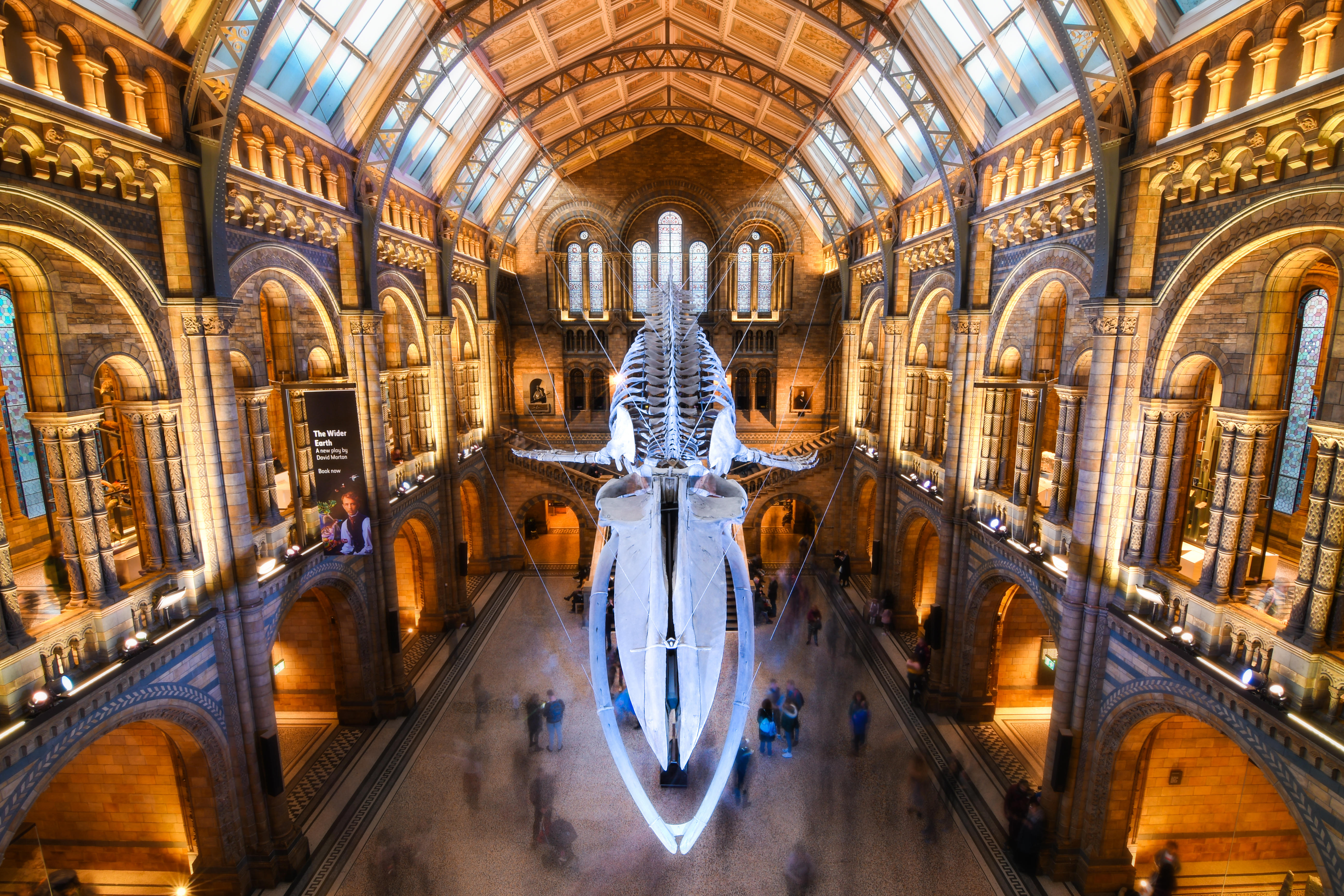Best websites for garden history
If you’re studying garden history, or are just an interested fan, Tim Richardson picks out some of the best websites for admirers of the English garden


Recently in these pages, I reported the closure of Britain's only two MA courses in garden history at Bristol and London (Birkbeck) universities. The latest news is that Cambridge University's continuing-education department is planning a new MA incorporating garden history, and Birkbeck proposes to subsume the topic into a general history of design course. In the meantime, it seems shameful that none of our universities is able to offer students the opportunity to study at a high level the subject that Pevsner dubbed Britain's greatest contribution to the visual arts.
On the other hand, my own little online course, English Garden History, 1650 to the Present Day, commissioned by Oxford University's Department for Continuing Education, suddenly takes on a new significance (it goes live in October). My brief for the course-which is not an MA but a 10-week ‘module' for first-year undergraduates and interested others was that it should cater not only for British students, but for those studying from afar, too.
My task has been to find ways of communicating, by means of online resources, the basics of English garden history to people living in China, India, Japan or Africa, who may never even come to England. I've been amazed to find what's out there, online, so here are a few websites you may like to try.
Perhaps the greatest hidden resource on the internet is the availability of entire classic books as browsable downloads. One or two American universities have been particularly good at providing them, and most of Gertrude Jekyll's books are available in this way. You can access, for example, the early Some English Gardens (1904), with watercolours by Samuel Elgood (www.biodiversitylibrary.org/bibliography/21248), which includes a section on Philip Webb's Great Tangley Manor-an important early influence on Lutyens-and that classic of Country Life publications, 1912's Gardens for Small Country Houses (www.biodiversitylibrary.org/bibliography/31013).
New York's Morgan Library and Museum website (www.themorgan.org) contains excellent reproductions of two of Humphry Repton's Red Books-for Ferney Hall and Hatchlands-which can be scrutinised closely. And YouTube harbours Sir Michael Hordern's excellent 1991 programme about Repton and his work (www.youtube.com/watch?v=JIz2sPFyM-s).
One would expect a garden as celebrated as Stowe to be well served online. There is indeed an excellent virtual tour available (although it's not the National Trust's), featuring a map with clickable arrows revealing different views from the same spot (http://faculty.bsc.edu/jtatter/areatour.html). It's also possible to look at close-ups of every statue bust in the Temple of British Worthies.
Of other online resources worth seeking out, I would especially recommend the British Library's brilliant virtual exhibition devoted to a book of images of late-17th-century Dutch gardens, which had such an influence on British garden style (www.bl.uk/onlinegallery/virtualbooks/viewall/index.html). This has an audio commentary, and offers the most wonderful close-up detail.
Sign up for the Country Life Newsletter
Exquisite houses, the beauty of Nature, and how to get the most from your life, straight to your inbox.
One last rare treat is the British Library's excellent zoomable plan of Sayes Court, John Evelyn's house and garden on the banks of the Thames at Deptford, east London (www.bl.uk/onlinegallery/onlineex/deptford/p/008add00078628au00000000.html). This is complemented by a worthwhile blog, clearly a labour of love, which has further absorbing detail and text (http://londonslostgarden.wordpress.com/author/londonslostgarden). And there is always the download of Evelyn's great tract Sylva (1664), dedicated to the trees of Britain, which enumerates them species by species (www.biodiversitylibrary.org/bibliography/23777).
All this online activity may not be quite as good as being able to visit the gardens themselves, but it's an acceptable consolation prize, perhaps, if one is abroad or the weather is particularly ugly.
See Country Life's early garden photographs at www.countrylifeimages.co.uk
Country Life is unlike any other magazine: the only glossy weekly on the newsstand and the only magazine that has been guest-edited by HRH The King not once, but twice. It is a celebration of modern rural life and all its diverse joys and pleasures — that was first published in Queen Victoria's Diamond Jubilee year. Our eclectic mixture of witty and informative content — from the most up-to-date property news and commentary and a coveted glimpse inside some of the UK's best houses and gardens, to gardening, the arts and interior design, written by experts in their field — still cannot be found in print or online, anywhere else.
-
 Athena: We need to get serious about saving our museums
Athena: We need to get serious about saving our museumsThe government announced that museums ‘can now apply for £20 million of funding to invest in their future’ last week. But will this be enough?
By Country Life
-
 Six rural properties with space, charm and endless views, as seen in Country Life
Six rural properties with space, charm and endless views, as seen in Country LifeWe take a look at some of the best houses to come to the market via Country Life in the past week.
By Toby Keel